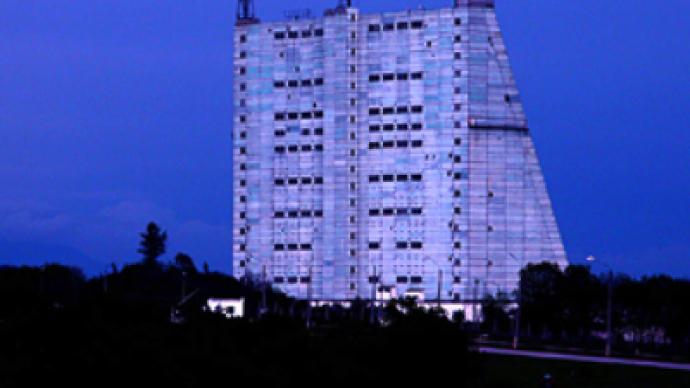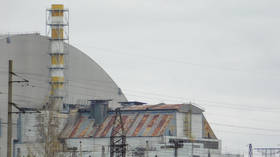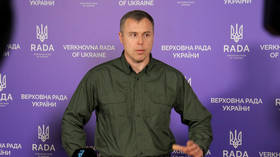Gabala radar for both Russia and US?

Russia intends to prolong its rent of the Gabala early warning anti-ballistic missile radar in Azerbaijan, and does not exclude US participation in maintaining the facility, said Russian FM Sergey Lavrov.
Earlier on there was room for discussion whether NATO was airing the question of using the Gabala radar once Russia’s lease of the defense facility finishes in 2012.
The visit of Russian Foreign Minister Sergey Lavrov to Azerbaijan put an end to all speculations.
“I can assure you that Russia is interested in this. Naturally, we are interested in cooperating with Azerbaijan on the use of the Gabala radar station, and we will certainly seek to translate this interest into reality through agreements with our Azeri partners,” Lavrov said.
His counterpart Elmar Mamedyarov said after talks with Lavrov that the lease of Gabala station to any country but Russia “is not on the agenda”.
On January 25, 2002, Russia and Azerbaijan signed an agreement on the legal status of Russia using Gabala radar station for the next 10 years, according to which Russian Federation pays Azerbaijan annually about $7 million. The Gabala radar facility is being maintained by the Russian Space Forces units.
At the same time Lavrov stressed that Russia’s proposal to NATO and the US from June 2007 on joint use of the Gabala anti-ballistic missile radar in Azerbaijan remains on the table.
“If our American or European partners express willingness to consider this proposal as an alternative to the deployment of the third phase of the missile defense system, we will be ready to return to it – naturally on condition that the Azeri leadership agrees to this,” Lavrov said.
The Russian State Duma has also backed the idea.
“We do not rule out that Presidents Obama and Medvedev would come to an agreement on the joint use of Gabala radar station thus making Russia and the US make their first steps towards each other,” said Leonid Slutskoy, the first deputy of Duma’s Foreign Affairs Committee
The history of the Gabala proposal
When the US announced plans on deploying ABM systems in Eastern Europe, Russia did not only oppose these plans but also made its own propositions on creating a common counter missile defence for all Europe with Russia actively participating in it.
On June 7, 2007, at the G8 summit in Germany, during the direct talks between the two then presidents, George W. Bush and Vladimir Putin, the Russian president made a proposal to the US to use Russian radars for controlling missile launches from Asia (i.e. Iran) thus making the deployment of American ABM systems in Eastern Europe unnecessary.
This proposition was not welcomed by the US which had already made preliminary agreements with Poland and Czech Republic on deployment of anti-missile systems on their territory. The US administration agreed on using data from the ‘outdated’ (as the US authorities put it) Gabala radar, but refused to drop its plans to construct new ABM systems in Eastern Europe.
Gabala military radar facility
The Gabala radar is located 200 kilometers from Baku, in the immediate proximity to the Iranian border. It was commissioned in 1985.
The “Daryal”radar facility in Gabala is an 18-storey structure, 128 meters tall. The 300-megawatt relay center matches the power of a large electric power plant. The radar ensures Russia's nuclear missile safety. Radar returns can be used in the interest of defense, science and economy.
Gabala military radar facility has a 6,000 km operating range and can track ballistic or cruise missile launches in the southern hemisphere. It monitors airspace over Afghanistan, India, Iran, Iraq, Turkey, Pakistan, certain parts of China and a number of other Asian and African countries, including missile launches from US submarines patrolling the Indian Ocean.
The Gabala radar tracks up to 10,000 objects in the outer space above Asia on a daily basis.
During both wars in the Persian Gulf, the Gabala radar supplied precise data on both America’s cruise missiles and Iraq’s SCUD ballistic missiles launches.













